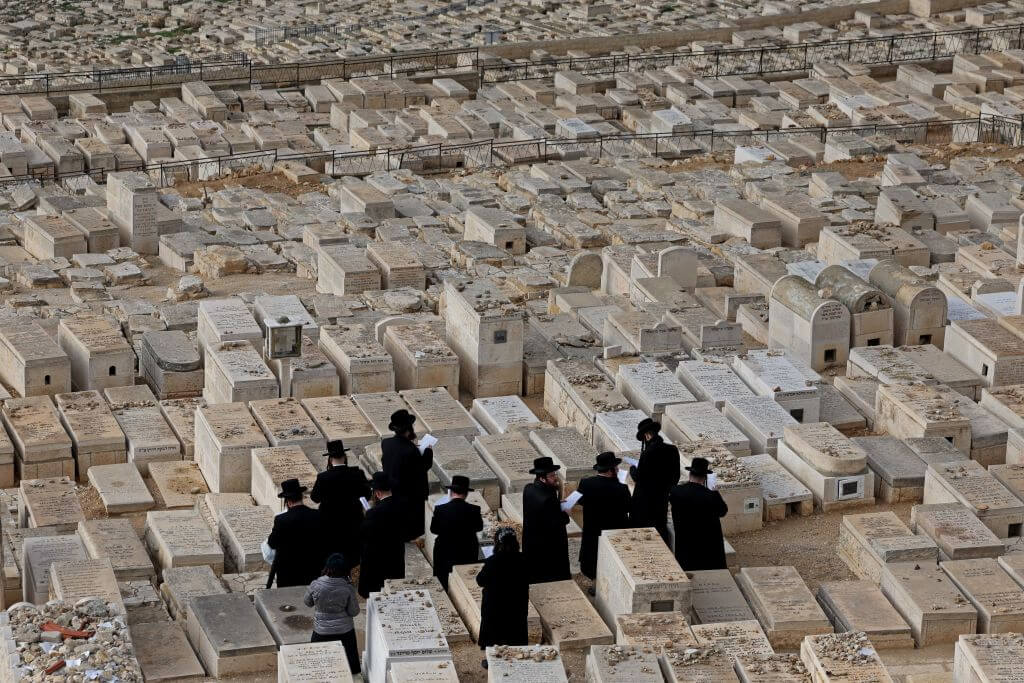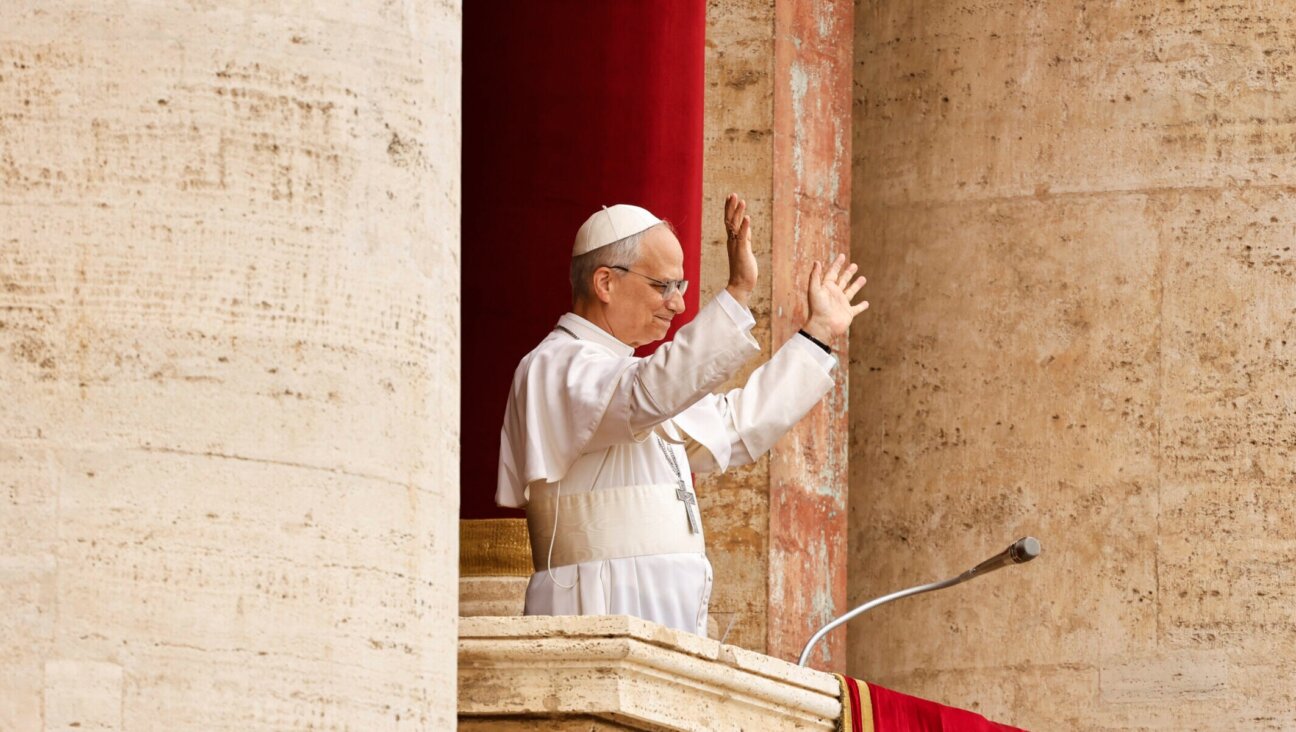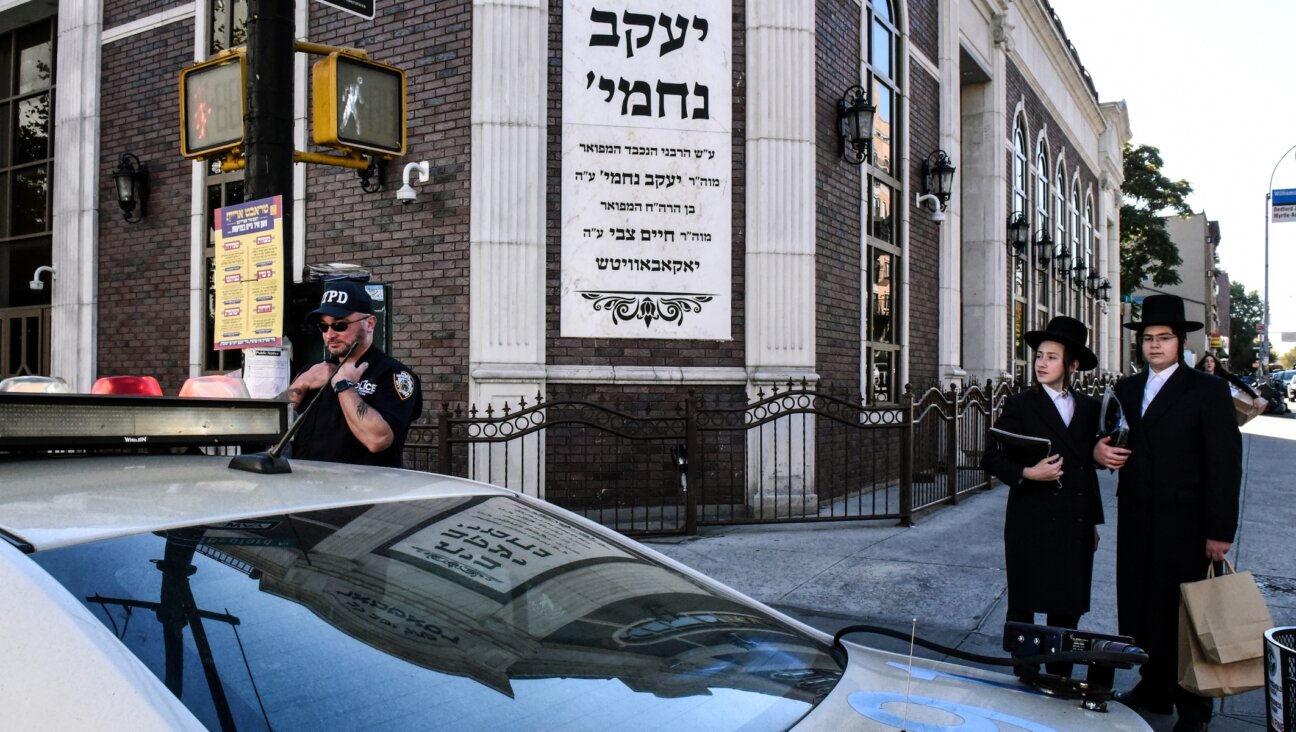Israel Is Due, and Ill Prepared, for Major Earthquake
The magnitude of the earthquake that struck Port au Prince was 7.0 on the Richter scale, with an epicenter 15 kilometers from the city and at a depth of 10 kilometers. In 1770 a powerful earthquake occurred, destroying the city, but many years have passed and it has slipped from Haiti’s national memory.
In Israel the last destructive earthquake, with a magnitude of 6.2 on the Richter scale, occurred in 1927. Its epicenter was the Dead Sea, and its effects were felt in Jerusalem, Nablus, Jericho, Ramle and Tiberias, resulting in 500 deaths and injuries to 700. An earthquake in 1837 killed 5,000 people. According to the Jewish historian Josephus Flavius, in 31 B.C.E., 30,000 people lost their lives in an earthquake.
On average, a destructive earthquake takes place in Israel once every 80 years, causing serious casualties and damage. The more time passes since the previous earthquake, the closer we are to the next. In other words, we are running out of time.
The news from Port au Prince suggests that the destruction is complete – of buildings and infrastructure. The earthquake occurred in the afternoon, at a time when schools and public buildings were empty.
The main concern in Israel is that an earthquake would strike during hours when public buildings are populated. Most schools and hospitals in Israel were constructed before new building codes – which take into account the effects of earthquakes – were enacted. Moreover, some 50,000 residential buildings in Israel do not meet the new codes and are expected to collapse in the event of an earthquake. Even though this fact is known by all decision makers, nothing has been done to strengthen buildings and prevent them turning into death traps.
Billions of shekels are invested in the defense budget, and this is seen as an obvious investment, but reinforcing hospitals or schools so they can withstand earthquakes and their aftermath receives no allotment. The plan for installing safety cages in classrooms may be a move in the right direction, but in practice their installation has not begun and the budget for this will most likely be taken from the funds allotted for reinforcing buildings.
It is important to note that public buildings will have to serve as places of refuge for many after a disaster. Also, even though there have been plans and government decisions, the program for reinforcing buildings, especially in towns situated in high-risk areas – along the Jordan Rift Valley and the Zevulun Valley – has not been promoted sufficiently.
It does not appear that in the coming decade the situation will change, even though the danger of a powerful earthquake is no less than that of a nuclear disaster – with the difference that we know that an earthquake occurs on average every 80 years.
As part of the preparations it is possible to install a national warning system. A proposal on this has been made to the relevant ministers and the Finance Ministry. Such a system will not replace the necessary strengthening of buildings, but can offer short-term warning to those in endangered buildings. The system would provide warnings 10-60 seconds before the shock waves reach the buildings, based on sensors placed along the Afro-Syrian Rift, and record the movement of tectonic plates, sending the information to a nerve center.
The distance of most of Israel’s population from the rift enables most residents to have at least a 20-second warning time. Twenty additional seconds usually pass before the building begins to collapse. In practice, this provides a 40-second window. The estimated cost of the system is $20 million, with an additional $1 million per year for operation and maintenance. The system is already operational in Japan, Taiwan, Turkey, Romania, California, Italy and Mexico.
The Forward is free to read, but it isn’t free to produce

I hope you appreciated this article. Before you go, I’d like to ask you to please support the Forward.
Now more than ever, American Jews need independent news they can trust, with reporting driven by truth, not ideology. We serve you, not any ideological agenda.
At a time when other newsrooms are closing or cutting back, the Forward has removed its paywall and invested additional resources to report on the ground from Israel and around the U.S. on the impact of the war, rising antisemitism and polarized discourse.
This is a great time to support independent Jewish journalism you rely on. Make a gift today!
— Rachel Fishman Feddersen, Publisher and CEO
Support our mission to tell the Jewish story fully and fairly.
Most Popular
- 1

Fast Forward Ye debuts ‘Heil Hitler’ music video that includes a sample of a Hitler speech
- 2

Opinion It looks like Israel totally underestimated Trump
- 3

Culture Cardinals are Catholic, not Jewish — so why do they all wear yarmulkes?
- 4

Fast Forward Student suspended for ‘F— the Jews’ video defends himself on antisemitic podcast
In Case You Missed It
-

Culture Should Diaspora Jews be buried in Israel? A rabbi responds
-

Fast Forward In first Sunday address, Pope Leo XIV calls for ceasefire in Gaza, release of hostages
-

Fast Forward Huckabee denies rift between Netanyahu and Trump as US actions in Middle East appear to leave out Israel
-

Fast Forward Federal security grants to synagogues are resuming after two-month Trump freeze
-
Shop the Forward Store
100% of profits support our journalism
Republish This Story
Please read before republishing
We’re happy to make this story available to republish for free, unless it originated with JTA, Haaretz or another publication (as indicated on the article) and as long as you follow our guidelines.
You must comply with the following:
- Credit the Forward
- Retain our pixel
- Preserve our canonical link in Google search
- Add a noindex tag in Google search
See our full guidelines for more information, and this guide for detail about canonical URLs.
To republish, copy the HTML by clicking on the yellow button to the right; it includes our tracking pixel, all paragraph styles and hyperlinks, the author byline and credit to the Forward. It does not include images; to avoid copyright violations, you must add them manually, following our guidelines. Please email us at [email protected], subject line “republish,” with any questions or to let us know what stories you’re picking up.












